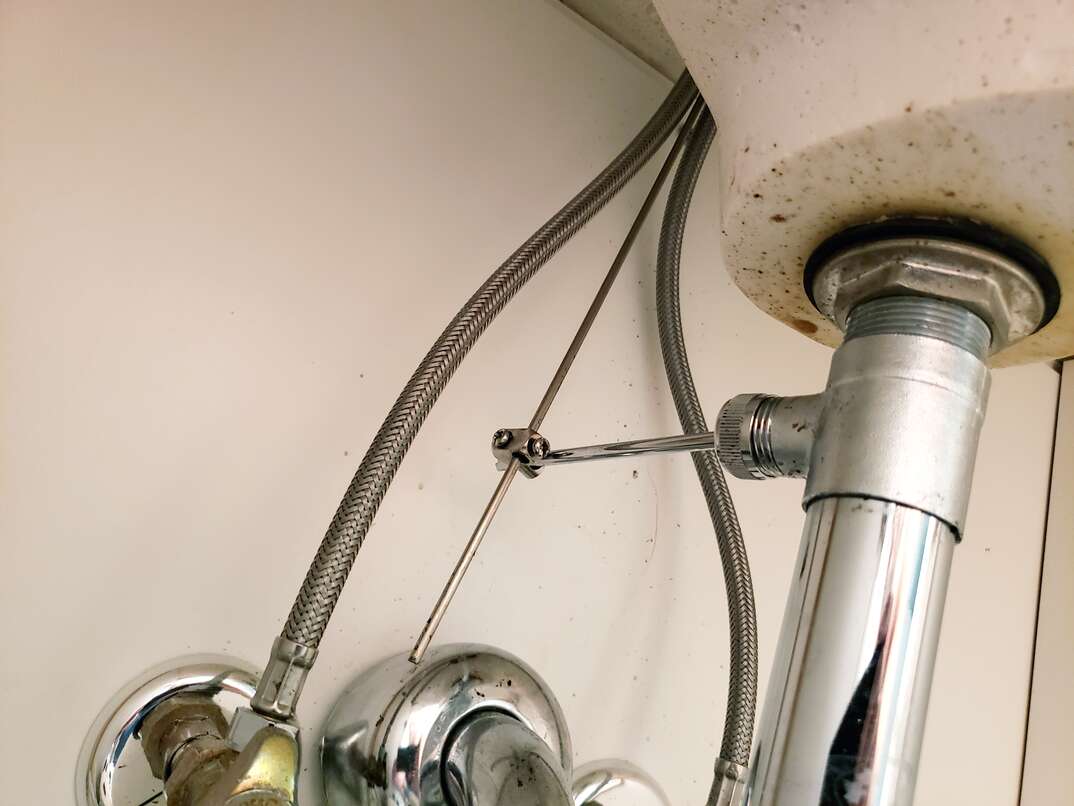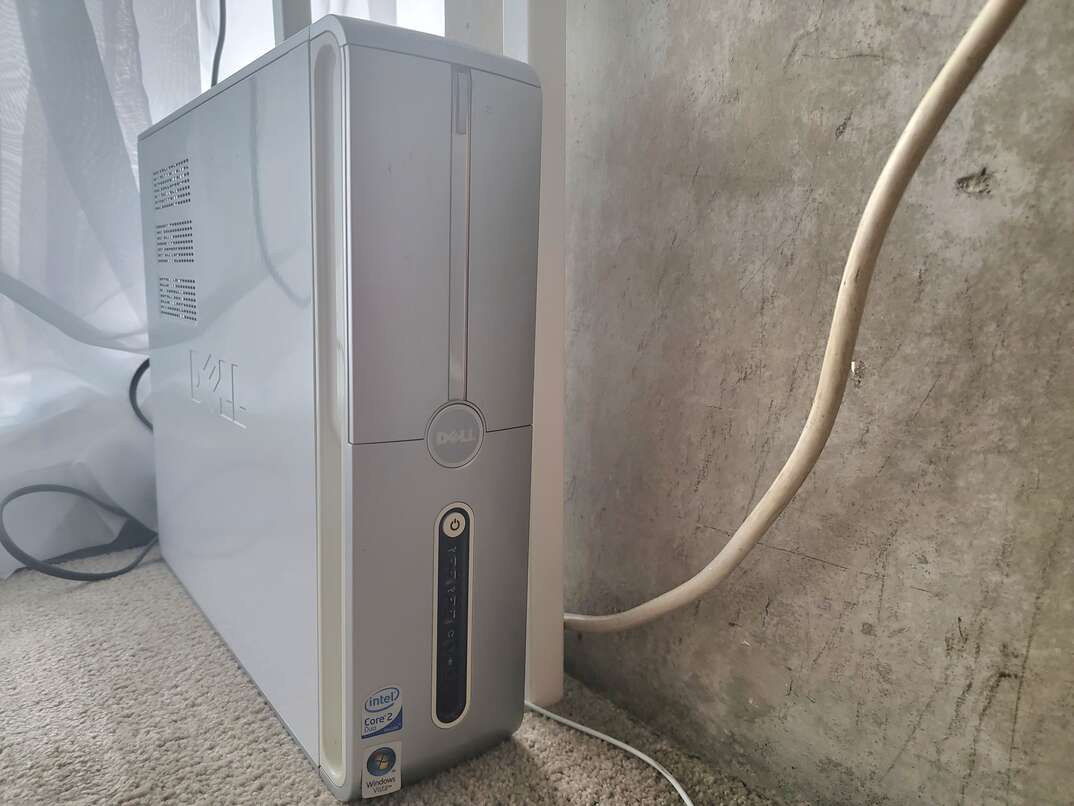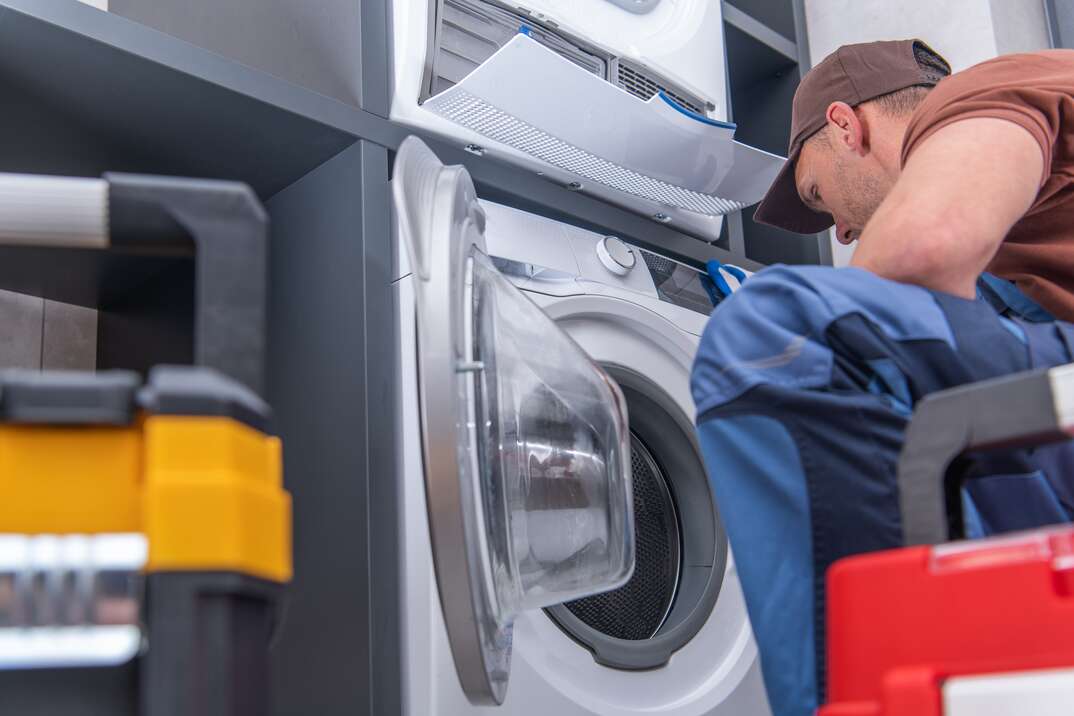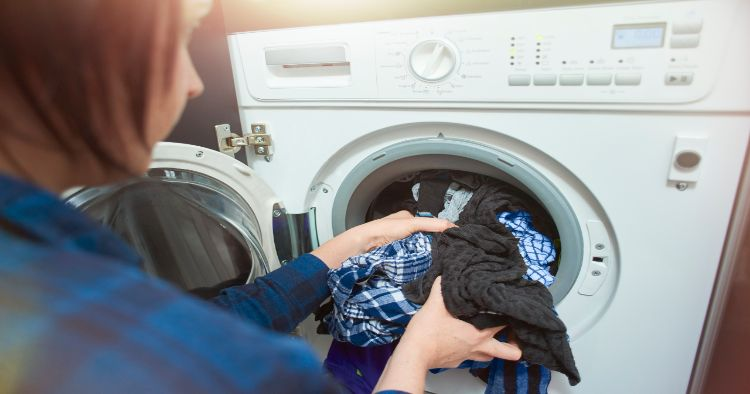How To Remove a Sink Stopper

Sink Stopper Removal at a Glance
- Tools and materials: Pivot rod repair kit, pliers, wrench, screwdriver, absorbent cloths
- Step 1: Prep work area
- Step 2: Locate plunger rod
- Step 3: Remove stopper and pivot rod
- Step 4: Check clevis screw
- Step 5: Check clip and strap
- Step 6: Put parts back in place
- Step 7: Clear your pipes
Pop-up stoppers are most common in bathroom sinks. Removing this stopper if the drain becomes clogged or the mechanism is broken can be tricky. Here, we explain how to remove a stopper so that it can be replaced, or the drain can be properly cleaned.
This May Also Interest You: The Do’s and Don’ts of DIY Drain Repair
Learn how to remove a sink stopper and unclog the drain safely and efficiently with this simple step-by-step guide.
How Does a Sink Drain Stopper Work?
Pop-up sink stoppers work by attaching the stopper to a linkage — a rod that is positioned below the faucet. The linkage is attached to a ball rod. When you push the plug into the drain, the ball rod keeps the plug in place. If the linkage breaks or becomes warped, the plug may no longer stay in place. If the plug itself becomes damaged, it won't create a watertight seal. If either of these things happens, replacing the sink stopper is most likely the best solution to the problem.
Sink Stopper Removal
Removing a sink stopper is a fairly simple task, as long as you have the correct tools. Fortunately, this job does not require a lot of specialized equipment. You can remove a sink stopper with standard tools found in most tool kits. You can also take this opportunity to do other jobs such as unclogging the drain.
You Will Need:
- A pivot rod repair kit
- Pliers
- A wrench
- A screwdriver
- Absorbent cloths
Step-by-Step Guide: Removing a Sink Drain Stopper
Whether you are attempting to remove the sink stopper to access a bathroom sink drain or have a similar design of stopper in your kitchen, the main steps are the same.
Follow these instructions:
1. Prepare
Before you start, turn off the water to the sink. To access the stopper, you will most likely need to get beneath the sink or tub drain. Some stoppers can be removed simply by pulling them up and out, but you may need to remove a retaining nut from underneath the sink first. Move everything out from underneath your sink so you can access the space.

2. Locate the Plunger Rod
Look for the plunger rod that comes down from the rear of the faucet. There should be a clip that the rod slips through, holding another rod that leads back to the drain. The retaining nut holds the horizontal pivot rod in place. Try to remove this by hand. If the nut is too tight, gently use pliers to twist it free or hold it in place and twist the stopper until it comes away from the pivot rod.
3. Remove Stopper and Pivot Rod
Remove the stopper and pivot rod. Check the stopper and remove hair and other debris. Clean the stopper with an absorbent cloth. Do not flush debris down the drain. Inspect the stopper to see if there is something wrong with it that may have caused the issue.
More Related Articles:
- How to Clear a Clogged Drain
- Snake’s in a Drain! How to Unclog Your Sink With a Drain Snake
- 5 Plumbing Myths Every Homeowner Should Know
- How to Use a Drain Snake and Unclog Your Toilet
- 15 Common Plumbing Problems Every Homeowner Needs to Watch Out For
4. Check the Clevis Screw
If the stopper is in good condition, inspect the clevis screw. If the clevis screw is out of alignment, this could be causing the stopper to malfunction.
You can check the alignment of the clevis screw by replacing the stopper and pushing the pivot rod back so that it engages with the stopper's bottom. Tighten the nut while the pivot rod is in the correct place, then check the movement to confirm the mechanism is lifting the stopper as you would expect
5. Check the Clip and Strap
If the clevis screw is not the issue, check the spring clip and strap. Loosen the spring clip and remove both it and the clevis strap. Remove the gasket and locate the pivot rod seal. Clean the seal and replace it or fit a new seal and pivot rod if necessary.
6. Put Parts Back in Place
Put the parts back together in the reverse order that you removed them. Adjust the clevis nut as necessary and make sure the spring clip is secure around the clevis strap. After testing the stopper again, you can turn the water back on.
7. Clear Your Pipes
Or, you can leave the water off and take the opportunity to clear any blockages in the pipes. When you’re done, turn the water back on.
Since we’re all home now more than ever, being prepared for unexpected home repairs with a plan from HomeServe is important. Having a plan in place gives you the peace of mind knowing that you can simply call our 24/7 repair hotline for covered breakdowns. See what plans are available in your neighborhood.


